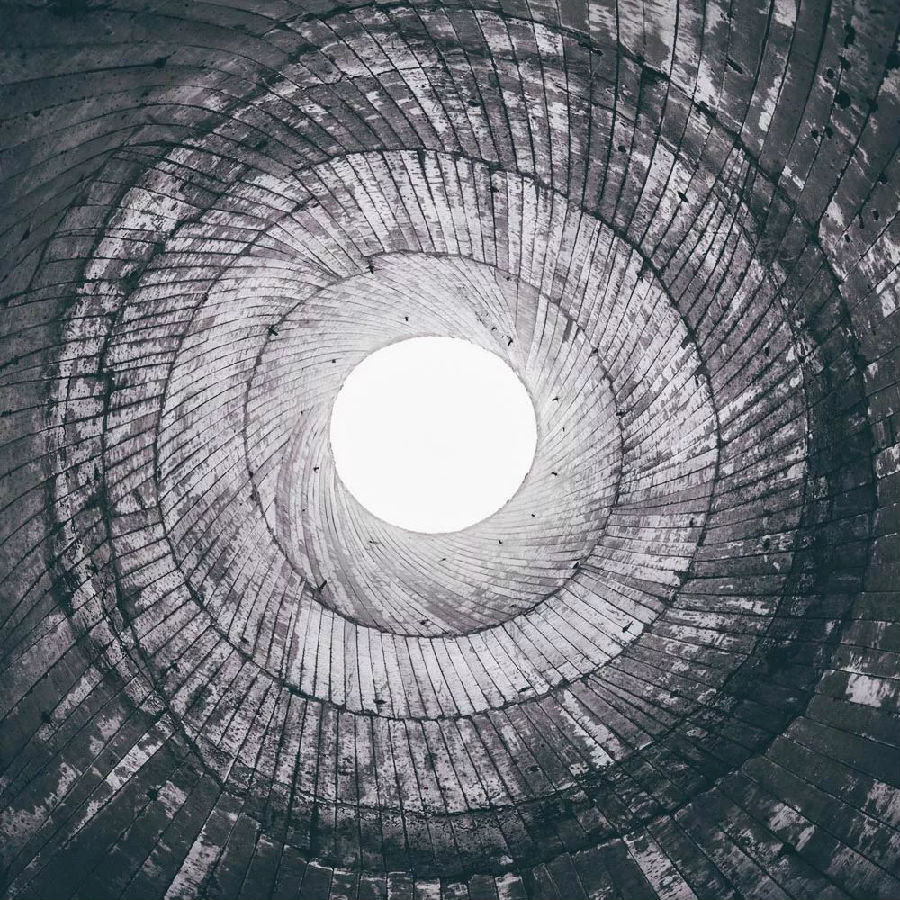The Dune’s interiors are meant to cultivate an intimacy between viewer, work and space. “Going to a museum in China often feels like going to a shopping centre,” says Mr Li—an experience of rushed consumerism, typically characterised by large crowds and smartphone selfies. By contrast, the Dune’s subterranean galleries invoke the caves in which the most primitive human art was first daubed. The design was inspired by Louis Kahn, a 20th-century American architect who envisaged museums as a “society of rooms”, which foster interaction and encourage people to slow down. Given the isolated location, visitors will have to make a deliberate “pilgrimage to the art”, as Mr Li puts it, rather than just a hurried urban fly-by.

“After Nature”, the inaugural exhibit (curated by Luan Shixuan), focuses on a pertinent subject: the future of humanity’s relationship with the natural world. Each of the nine contemporary Chinese artists in the show engages cleverly with the space that their work occupies. Visitors standing in front of Liu Yujia’s “Wave”, a digital diptych featuring aerial footage of waves rushing against the coast, need only to turn around to find themselves looking out at the Bohai Sea. Beyond a glass door lies Zheng Bo’s “Dune Botanical Garden”, a work of bio-art made of transplanted local weeds that also functions as a museum garden. Nearby stands “Destination”, an installation by Na Buqi, which comprises an overturned billboard advertising an eerily photoshopped beachside getaway.
译文由可可原创,仅供学习交流使用,未经许可请勿转载。












